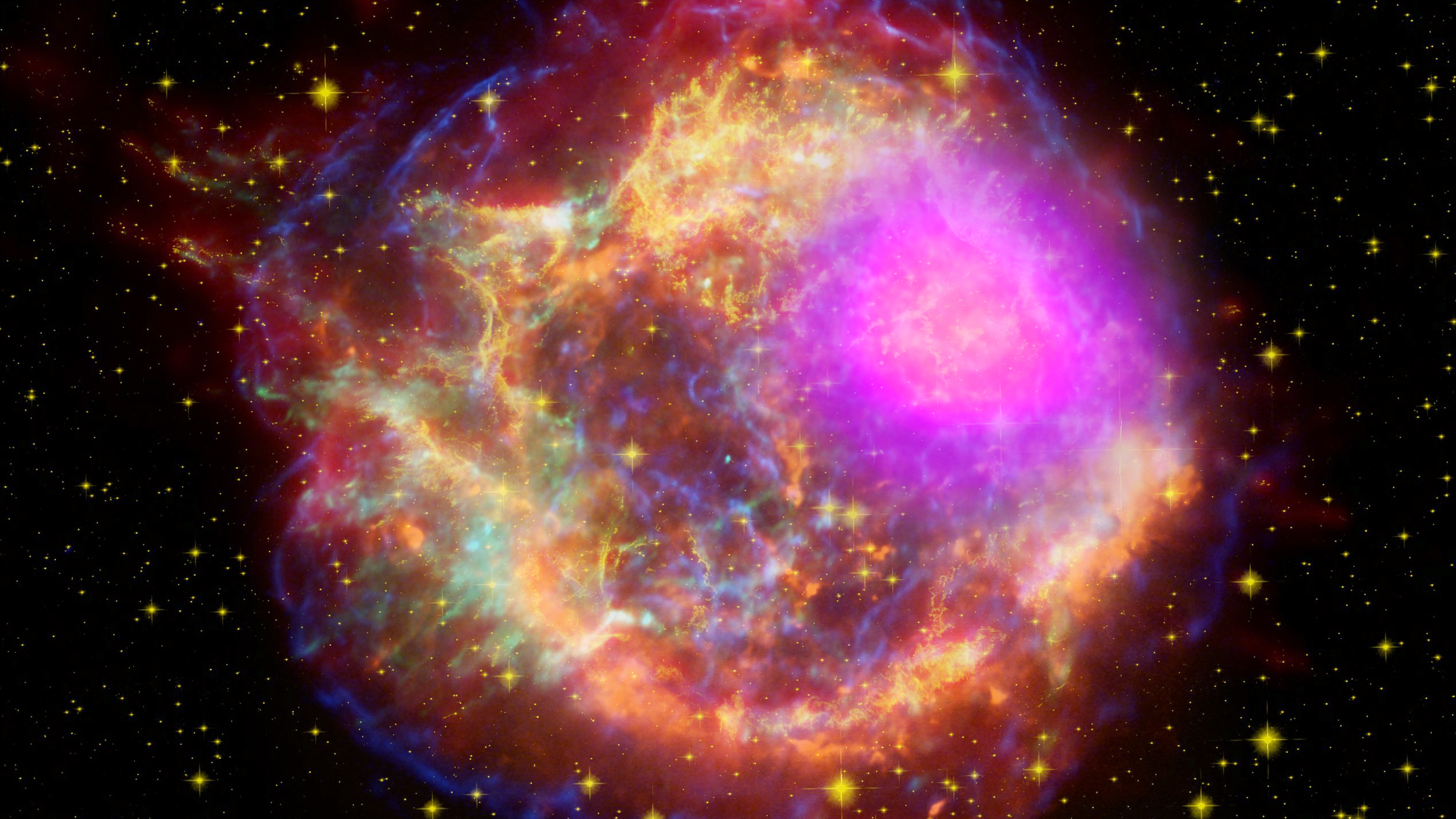
Supernovae: Cosmic Spectacles and Stellar Evolution Catalysts
The universe, with its vast expanse and intricate celestial ballet, is a stage where spectacular events continually unfold. Among these, supernovae stand out as some of the most awe-inspiring and consequential phenomena. In this comprehensive article, we will explore what a supernova is, the different types, their mechanisms, and the profound role they play in shaping the cosmos.
The Birth and Death of Stars
Before delving into the phenomenon of supernovae, it’s crucial to understand the life cycle of stars. Stars, including our own Sun, are massive balls of hot, glowing gases primarily composed of hydrogen and helium. They radiate energy produced through nuclear fusion at their cores, where hydrogen atoms fuse together to form helium. This process, known as stellar nucleosynthesis, provides the energy that keeps stars shining for billions of years.
However, stars do not last forever. The fate of a star is determined by its mass. Massive stars, much more massive than our Sun, have more intense gravitational forces in their cores, allowing them to fuse heavier elements at a faster rate. Smaller stars, like our Sun, undergo a different evolutionary path.
Supernova Basics
A supernova is a colossal explosion that marks the dramatic end of a massive star’s life. There are two primary types of supernovae:
1. Type II Supernovae (Core-Collapse Supernovae)
These supernovae occur when a massive star, typically around eight times the mass of our Sun or more, exhausts its nuclear fuel. When the star can no longer sustain nuclear fusion in its core, it collapses under the force of gravity. The collapse is rapid and catastrophic, resulting in the core becoming incredibly dense. This dense core then rebounds, causing a shockwave to race through the star, leading to a massive explosion.
2. Type Ia Supernovae
Type Ia supernovae, on the other hand, involve white dwarf stars, which are the remnants of less massive stars like our Sun. They occur in binary star systems, where a white dwarf accretes mass from a companion star. When the white dwarf reaches a critical mass (about 1.4 times the mass of the Sun, known as the Chandrasekhar limit), it undergoes a runaway nuclear fusion reaction, resulting in a tremendous explosion.
The Spectacular Display
Supernovae are among the most energetic events in the universe. During their brief moments of glory, they can outshine entire galaxies and release more energy than the Sun will emit over its entire lifetime. The explosion disperses elements forged within the star’s core throughout space, including heavy elements like iron, which are essential for the formation of planets and life as we know it.
The Role of Supernovae in the Universe
The impact of supernovae on the universe is profound and multifaceted:
1. Element Forging and Enrichment
Supernovae are the cosmic forges where elements beyond helium are created. The intense heat and pressure during a supernova explosion facilitate the fusion of lighter elements into heavier ones, including carbon, oxygen, silicon, and iron. These newly synthesized elements are scattered into space, becoming the building blocks for future generations of stars, planets, and life.
2. Stellar Recycling
The debris from supernovae enriches interstellar space with heavy elements. This enriched material becomes part of the next generation of stars and planetary systems. Without supernovae, the universe would consist almost entirely of hydrogen and helium, lacking the diverse chemistry needed for the emergence of life.
3. Trigger for Star Formation
Supernova shockwaves can compress nearby interstellar gas and dust, triggering the formation of new stars. This process, known as triggered star formation, plays a crucial role in the evolution of galaxies.
4. Cosmic Beacons and Distance Indicators
Supernovae are so luminous that they can be observed across vast cosmic distances. Type Ia supernovae, in particular, have been instrumental in measuring the expansion rate of the universe, contributing to our understanding of dark energy and the universe’s fate.
Conclusion
Supernovae, the fiery deaths of massive stars and the explosive births of new elements, are some of the most captivating and consequential events in the universe. They shape the cosmos by generating and dispersing the elements essential for life, triggering the birth of new stars, and serving as cosmic yardsticks to measure the universe’s expansion. As we continue to explore and unravel the mysteries of the universe, supernovae remain as awe-inspiring and crucial actors in the grand cosmic drama. Their fiery finales illuminate the path to a deeper understanding of our place in the universe.
